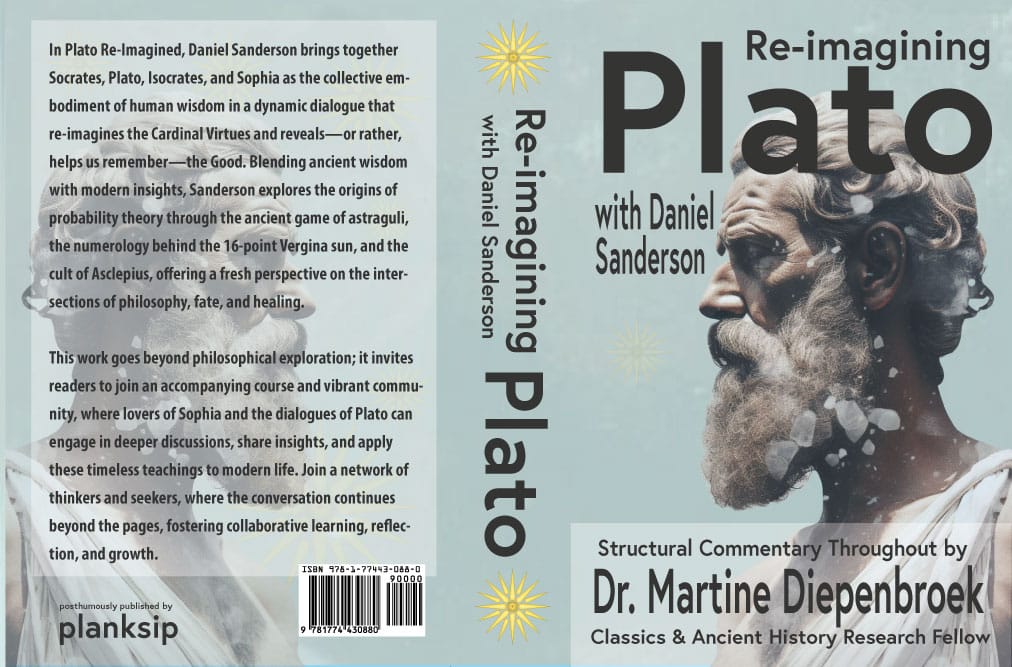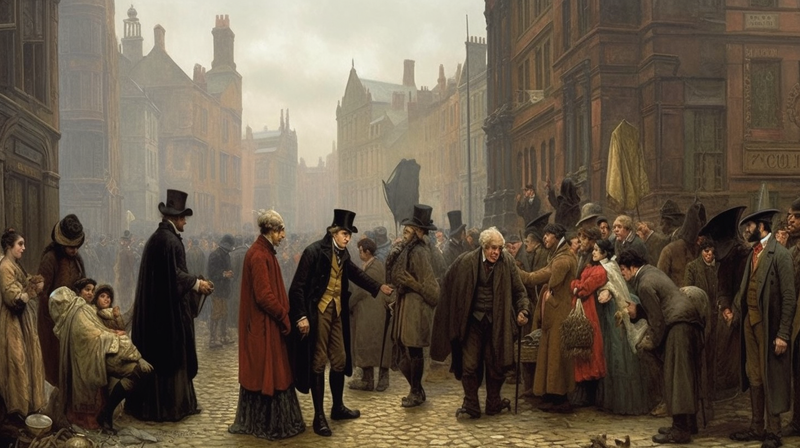The Role of Compassion in Charles Dickens's A Tale of Two Cities
Within Charles Dickens's vast literary oeuvre, A Tale of Two Cities emerges as a shining jewel, where the inherent role of compassion illuminates the intricate tapestry of human existence. Amidst the relentless tumult of societies grappling with strife and injustice, Dickens crafts a narrative that foregrounds the essence of empathy, portraying it as a guiding star amidst the darkest of nights.
In this profound literary work, Dickens deftly depicts the stark contrast between London and Paris, two cities bearing the weight of their distinct burdens. As the reader traverses the blood-soaked streets and witnesses the anguish that permeates the air, compassion emerges as the ethereal force that seeks to restore equilibrium to these fractured worlds.

The transformative power of compassion is laid bare through the character of Sydney Carton, a man embittered by life's disappointments. Once broken and lonely, Carton's spirit finds rekindling in the presence of suffering souls. His outstretched hand becomes an emblem of solace and redemption as he selflessly extends his aid to those burdened by despair.
Another central figure, Lucie Manette, radiates compassion with unwavering grace. Her tender touch possesses an extraordinary capacity to heal unseen wounds, while her words, like a gentle stream, bring solace to hearts shattered by the relentless blows of fate. Lucie is a testament to the enduring strength of kindness, a beacon that shines unwaveringly even in the darkest hours.

The character of Doctor Manette, himself scarred by the imprints of torment, becomes a conduit through which compassion flows unceasingly. His tireless pursuit of alleviating distress embodies the essence of mercy, an eternal caress that soothes the tormented souls he encounters. Through his selfless acts, the downtrodden and oppressed find respite, as compassion emerges as a transformative force that elevates humanity.
In dissecting A Tale of Two Cities, we unravel the profound significance of compassion, which assumes a central role within the narrative. Dickens' deft portrayal of empathy resonates with us, urging us to recognize its potency in traversing the tribulations of existence. Through acts of selflessness and understanding, compassion emerges as a harbinger of unity, transcending the boundaries that divide us.

Our take: A Tale of Two Cities is a testament to the enduring power of compassion. Dickens skillfully weaves a narrative that compels us to reflect on the depths of our humanity. In exploring empathy's triumph over adversity, this literary work encourages us to embrace compassion as a guiding principle. Furthermore, it invites us to envision a world where acts of kindness and understanding flourish, fostering a sense of unity and harmony. Thus, the Good (καλός) that emanates from this writing lies in its ability to awaken our capacity for compassion, reminding us of the profound impact we can have on the lives of others.

Plato Re-Imagined
This course offers 32 comprehensive lectures exploring most of Plato's dialogues. These lectures guide students toward a consilient understanding of the divine—a concept that harmonizes knowledge across disciplines and resonates with secular and religious leaders. As a bonus, Lecture #33 focuses on consilience, demonstrating how different fields of knowledge can converge to form a unified understanding.






